Before we dive right into all the options for rain barrels and their alternatives, it’s worth asking a couple questions, like
Climate wha?
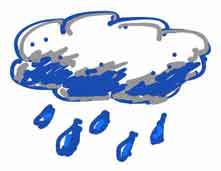 Whether you know for sure climate change is a thing or not, extreme weather patterns seem to be getting more severe. Even if that isn’t happening, more human development means more stormwater runoff (Just ask our friends who live downhill from that new development) and that means bad news for groundwater.
Whether you know for sure climate change is a thing or not, extreme weather patterns seem to be getting more severe. Even if that isn’t happening, more human development means more stormwater runoff (Just ask our friends who live downhill from that new development) and that means bad news for groundwater.
Massively engineered infrastructure projects may handle it, but in a concentration that cannot really filter all that runoff fast enough or well enough to get it back into the ground safely, where it needs to go if you want to keep water coming out of your faucet.
The Best Filter
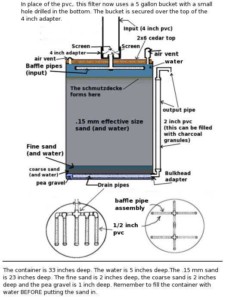 The best natural water filter is the ground, specifically the “living layer” of bacteria and microorganisms found in the top 12” or so. (source: some scientific study by that guy from university of somewhere – look it up, I swear) and the best man-made filters use this and mimic nature. (Same study)
The best natural water filter is the ground, specifically the “living layer” of bacteria and microorganisms found in the top 12” or so. (source: some scientific study by that guy from university of somewhere – look it up, I swear) and the best man-made filters use this and mimic nature. (Same study)
Therefore, logic would dictate the best way to filter and recharge the most possible rainwater is to catch and slow down as much as possible, letting it soak in over the largest coverage area of land we can find.
Where is the largest total “green space” in or around any city?
Our collective backyards.
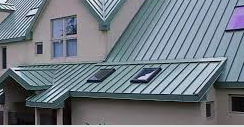
Here’s an idea: Let’s stop funneling all that nice clean rain off from our roofs and driveways — and even lawns (which are not so permeable, either)— out to the street and storm sewer, picking up pollutants and crapping up our streams, lakes, and oceans. Yeah. Let’s knock that right off.
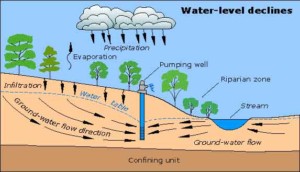 Instead, how ’bout you and me help it all sink into the ground. 3 guesses where it would all end up…
Instead, how ’bout you and me help it all sink into the ground. 3 guesses where it would all end up…
… In our basements? If we punch it down right next to our foundations; ok let’s not do that.
… In the ground? Yes!! It would end up as groundwater again! Brilliant! You got it on the second guess! Go, You!
and the Aquifers, of course. (part of groundwater, I’ll give you that) In the process, what is all this slow release rain-infiltration doing for our landscapes?
Reducing the need to use drinking (tap) water to water plants. Beautiful!
 Your plants will be your biggest fans. No, Really Big.
Your plants will be your biggest fans. No, Really Big.
Plants thrive with rainwater (all kindsa science of that in the ‘Low Maintenance Landscape’ post), and “edible landscaping” is such a great idea, (we love win/wins!) –it’s time to mix some veggies, greens and other edibles like nuts and fruits, into your landscape.
Double whammy, in the nicest way possible.
Doing the above (slow release and edible landscaping), we potentially just reduced our growing demand for massive commercialized agriculture, and irrigation, and gmo’s (look out, they’ll be after me for that one! 😉 so you can focus on the quality of what you are eating —
and so the next generation can see that food is grown and harvested from the ground, not from boxes on store shelves.
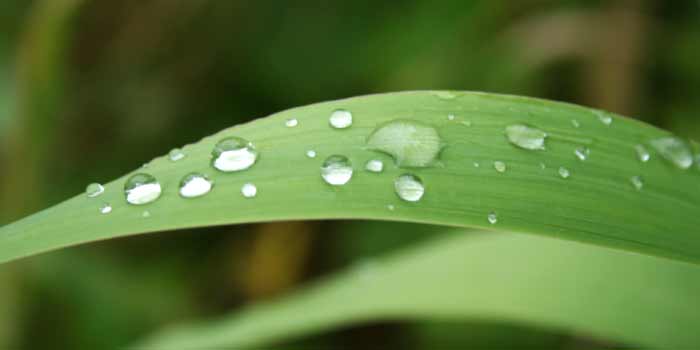 Maybe we’ll all even gain a little patience, delayed gratification and an appreciation for hard work and nature in the process. That can’t hurt.
Maybe we’ll all even gain a little patience, delayed gratification and an appreciation for hard work and nature in the process. That can’t hurt.
Just a thought.
Where the rain barrel meets the road
On a smaller and simpler scale (you gotta start somewhere), rain barrels scratch the surface of accomplishing those goals, but when you see them blasting full after about 1/10th of an inch of rain, you find out you need about 50 more rain barrels to keep up, or one massive tank. That’s where most people hit the brakes.
They run the other direction, or drastically reduce water use in other ways. Which is, I think, the main benefit of rain barrels: to enlighten us about how much water we are currently using, and how much less we really need.
We could change the ways our homes are built, like making separate greywater lines or drinking water systems, flushing toilets with greywater, etc. One such water system is that designed and used by Michael Reynolds at Earthship Biotecture. He is way ahead of his time.
But old habits die hard. Clear steps or incentives for changing architecture and design of new homes to handle this are not quite there yet, or if they are, builders seem to have no financial motivation to use them.
Water is cheap. At least for now.
Even when new home design adapts, that won’t help all of the existing homes.
And today’s best rain barrel options are…
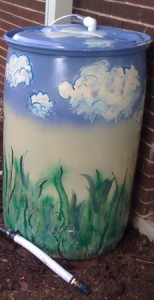 The old standard: a recycled barrel. You could get a brand new one, but why would you when there are so many used ones out there. Then, where to put it. Some people have a place where barrels can live that is hidden away, like behind a shed. You can do that, because
The old standard: a recycled barrel. You could get a brand new one, but why would you when there are so many used ones out there. Then, where to put it. Some people have a place where barrels can live that is hidden away, like behind a shed. You can do that, because
They do not need to be next to a downspout.
Rain barrels can fill from the bottom from long 1″ tubing running from a downspout diverter that is mounted at least as high as the top of the barrel. They still need a screened vent at the top for overflow and to let air out. But how many rain barrels are enough? We have a calculator for that.
Don’t want to see a big blue barrel? You could paint them camouflage to blend in, or add art and whimsy to the garden and have some kids paint a perfect lil scene. But they may not want to paint 50 more. Kids just don’t have the work ethic we used to.
The following alternatives assume you don’t have room for or want 51 rain barrels lining your home inside and out, no matter how cute they’re painted.
What you really need is a retrofit kit, an add-on you can do DIY or hire it done if you don’t have time. Something affordable, not too invasive, or destructive, or ugly. Well we don’t ask for much now, do we? (Hint: skip to the last one for what appears to cover all of the above)
Here are some “non”rain barrel options for…
hiding rainwater storage:
1. The “rainwater pillow” – just how it sounds, it’s like a big (multiple sizes) waterbed mattress without the frame.
2. The “rainwater hog” – not just how it sounds, or that would be a riot. Imagine, 10 slippery hogs running rampant all around your house in the mud every time it rains…. Sorry where was I? Oh yes, the hog is nothing like that, but it does fit in between deck joists, wall studs and can mount on fences. Very strong fences only, please.
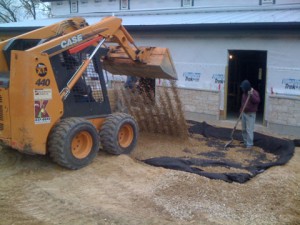 3. Underground anything – cisterns in concrete, plastic, fiberglass, rubber lined and filled with ‘matrix’ to make any size or shape. We designed and installed the latter at our local zoo under the goat pen. It was 1,000 gallons, but needed to be very shallow due to high water table so it would not float if empty. You have to think about this stuff when going underground. We covered it with a concrete slab for insurance. (and always call Diggers’ Hotline!)
3. Underground anything – cisterns in concrete, plastic, fiberglass, rubber lined and filled with ‘matrix’ to make any size or shape. We designed and installed the latter at our local zoo under the goat pen. It was 1,000 gallons, but needed to be very shallow due to high water table so it would not float if empty. You have to think about this stuff when going underground. We covered it with a concrete slab for insurance. (and always call Diggers’ Hotline!)
Then there are more decorative options…
1. Reclaimed wood barrels from wineries – these are great in that they are recycled, usually local, and have character. Expect to pay a couple hundred bucks for a clean one. Best way to find one cheaper that you can clean up yourself? Look up your local winery and get on the horn. They’re not going to call you.. 😉
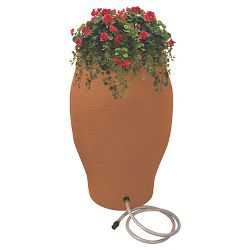
Looks a little tipsy. Get one with a larger base.
2. Urn Rain Barrel or other molded plastic containers – Lots of styles and looks, its just too bad when they are made using new plastic. Some have planters built into the top, which is a great way to naturalize or soften the look.
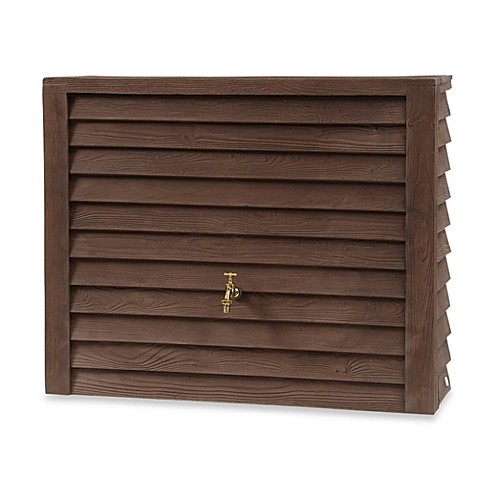
4. A decorative 92 gallon flat Slatted Rain Barrel made in Germany. Only thing is it’s about $600. Ouch.
And probably the cheapest, and most effective way:
Dig a hole. That’s right, you can get in shape, get a tan, and harvest tons of rainwater at no cost whatsoever. Well, unless you don’t own a shovel. Then it’s worth the 15 bucks.
Because whether you get a 55 gallon rain barrel or build a 1680 gallon chicken coop, you’ll want to add a rain garden or 3 to take the overflow. If it’s a slope, make them smaller and overflow one into the other with dry streams.
Essentially you want to mess up that straight sloped grass or dirt so water doesn’t shoot straight off. Add some rocks. Add a train. Sculpt a scale model of Mt. Rushmore.
This is permaculture. It’s what Brad Lancaster talks about in depth in his books and has done at his home here: https://www.harvestingrainwater.com
That’s not really a rain barrel ‘option’ – but come on, it deserved a lil’ mention.
and last but not least…
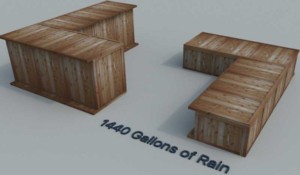 Rain Benches. Get one built or get a DIY kit that helps you build your own reservoir, use local materials (renewable or recycled) and retrofit multiple parts of your home and outdoor living space to hold water inside benches, tables, bars, even low walls or workbenches of garden sheds. Cost =$85 for up to 140 gallon kit plus the cost of custom materials to build the framework. Don’t have the tools? Your local carpenter could do this, no problem.
Rain Benches. Get one built or get a DIY kit that helps you build your own reservoir, use local materials (renewable or recycled) and retrofit multiple parts of your home and outdoor living space to hold water inside benches, tables, bars, even low walls or workbenches of garden sheds. Cost =$85 for up to 140 gallon kit plus the cost of custom materials to build the framework. Don’t have the tools? Your local carpenter could do this, no problem.
And there you have it. You can save rain all over the place, but start small. Get a feel for how much you can save or could really use. Experiment.
Have fun.
Life is too short to live it any other way.
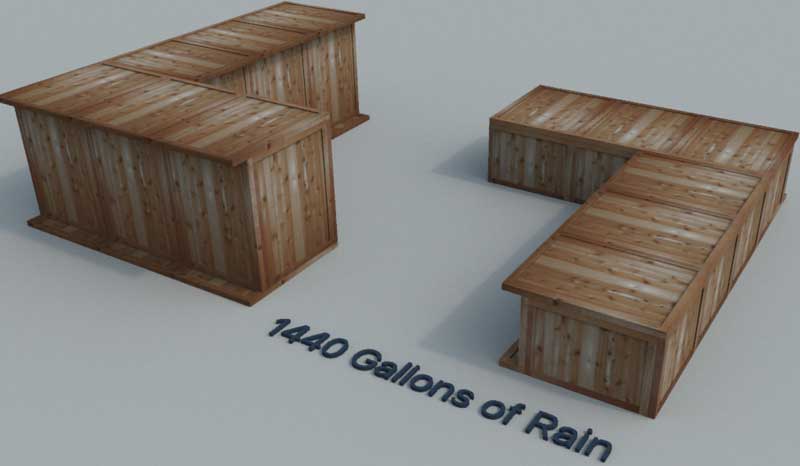

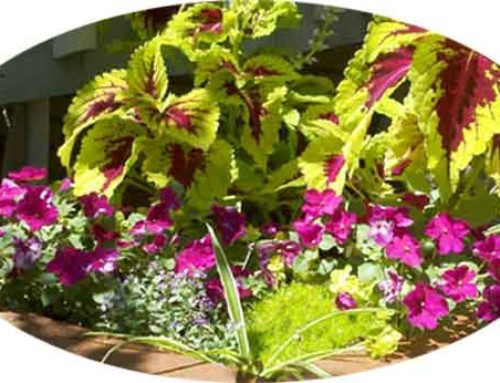
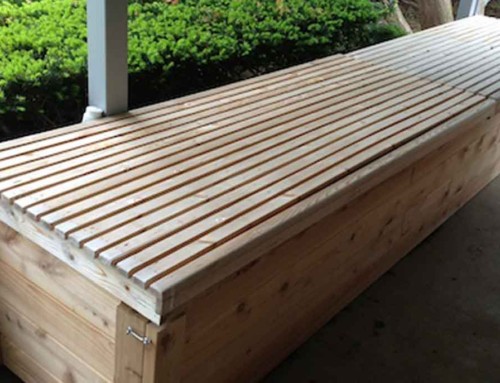
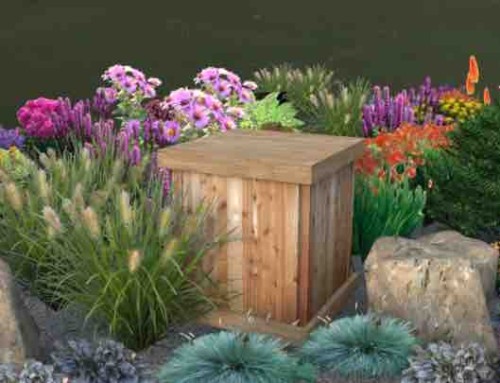
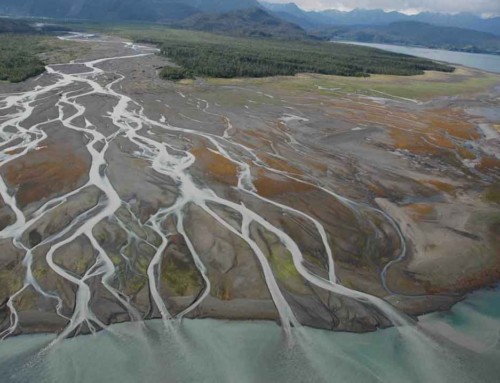


This is our third diverter ordered from you . First back in like 2005, for,our home in Chocowinkty, No. Tje next was for our daughters home, Susan Lawson, on Shore Drive, in Va Beach,va and the one I just ordered is for our winter home in Florida.
I am writing to say that Ofer the years I hade looked at every diverter out there and yours is, by far, far, far and away the very best one out there. So thanks.
Also, could you email me info on your rain bench! We are interested interested in building one,
Thanks
Tom Lawson
Hello, I’m interested in the DIY kit. May I have some more information on them?
Thank you.
Hi Po, Absolutely you can have some more info on the DIY kits! For specifics, or a copy of any of the plans, you can fill out a form on the ‘contact’ page (link in the menu above), or email me at scott@secondrain.com. Basically, it’s a set of detailed plans, cut sheets, item lists along with custom liner and specialty fittings to build your own bench to harvest rainwater — everything but the lumber and screws that you can buy locally and save shipping.